South Mountain Park
Fast Flight Facts
Target Species: Southwestern desert species
Elevation: 1500-2600'
Habitat: Lower Sonoran Desert
Overall Birding Rating: 4
Difficulty: 1-4 (Easy to More Difficult)
Birding Type: Easy to Difficult Hiking
Facilities: Visitor center, restrooms, ramadas
Fees/Ownership: None/City of Phoenix
Closest Town or City/How far from Phoenix: Seven miles south of Phoenix
Getting there: Accessed from the south end of Central Avenue
Overview: South Mountain Park is the largest city park in the United States. This park is a very popular recreation area in the greater Phoenix area, and is a great place to see desert birdlife. For someone who wants to see southwestern desert species, they have it made at this park. The park has an amazing trail system for all difficulties, with a variety of different trail lengths. With all the length of the trails added up, the sum of them all comes out to over 50 miles! That's a lot of exploring and hiking to do. Besides hiking, the park has roads that go through the area, and even an amazing and scenic drive to the summit of South Mountain. At the summit of South Mountain, the views tower over the city of Phoenix which is a neat thing to see. It's a seven mile route up Summit Road to the top of the 2600' South Mountain. All along this road, it's a good place to stop and look for birds and get different views of the mountain during one's progress up the road. Besides this road, there are endless trails to hike along the way found throughout this huge park. Wherever you may be in South Mountain Park, all of it will be good for southwestern desert species. Keep eyes and ears out for Gambel's Quail, Anna's and Costa's Hummingbirds, Gila and Ladder-backed Woodpeckers, Gilded Flicker, Ash-throated Flycatcher, Cactus and Rock Wrens, Bendire's and Curve-billed Thrashers, and Black-throated Sparrows along with other desert species.
The boundaries of South Mountain Park seem endless. Baseline Road is the most consistent road that borders the park on the north. The west border of the park is nearly adjacent to 51st Avenue, while the eastern most stretch of the park is adjacent to 48th Street. The southernmost border of the park is adjacent to Chandler Boulevard. Central Avenue is the best way to access South Mountain Park.
Birding Tip: South Mountain Park is suitable for all difficulties. If hiking alone, carry a lot of water, because there are still a lot of hazards in the area despite the fact this park is extremely popular. Watch for rocky terrain and rattlesnakes. If wanting to walk on a road through the park with no traffic, then try San Juan Road, which is closed to vehicle traffic. It's a perfect road to walk on however where the birding is good. This road can be found near the beginning stretches of Summit Road.
Directions: The entrance to South Mountain Park can be found at the south end of Central Avenue. Central Avenue is often taken south from Baseline Road for a popular access point to the park. The 1-17 is also a good way to reach the park. Take the 1-17 south on Central Avenue for 5 miles until the park is reached. The park has several other access points, but the Central Avenue entrance is by far the best.
Pages:
South Mountain Park Maps
South Mountain Park eBird Data
Scenes and Sights from South Mountain Park:
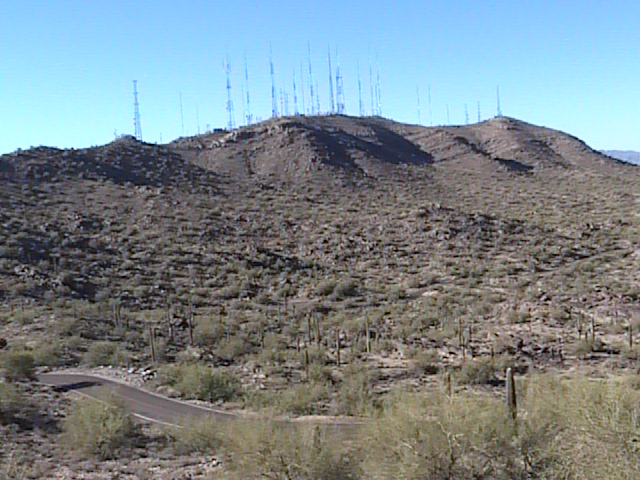
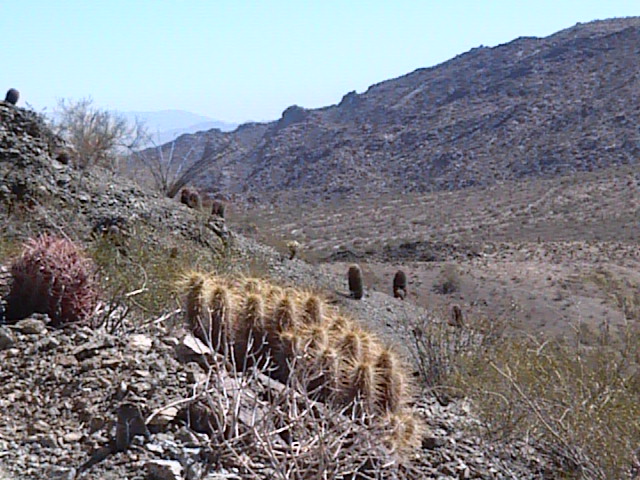
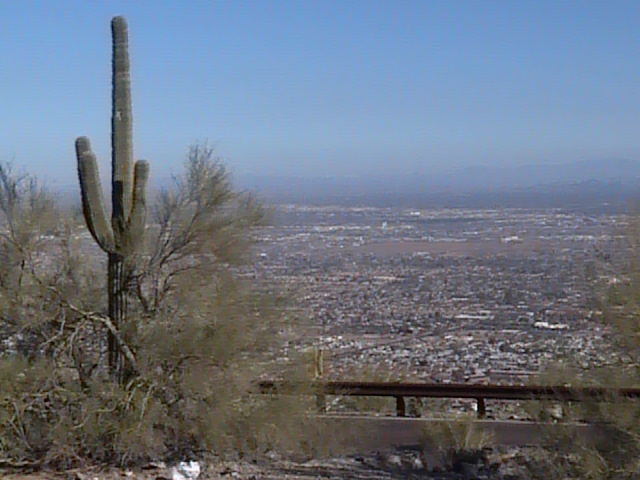
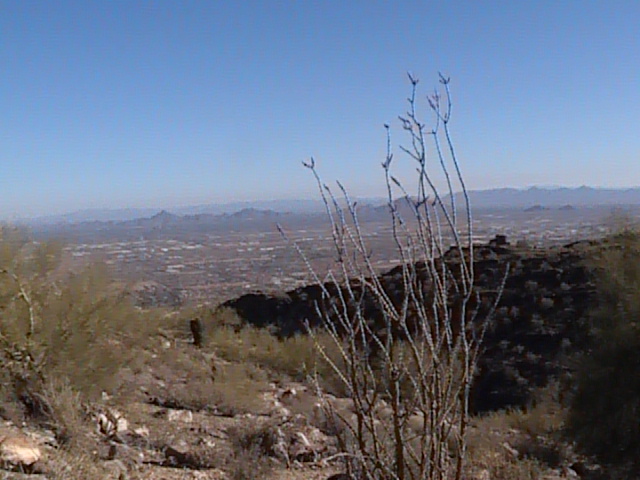
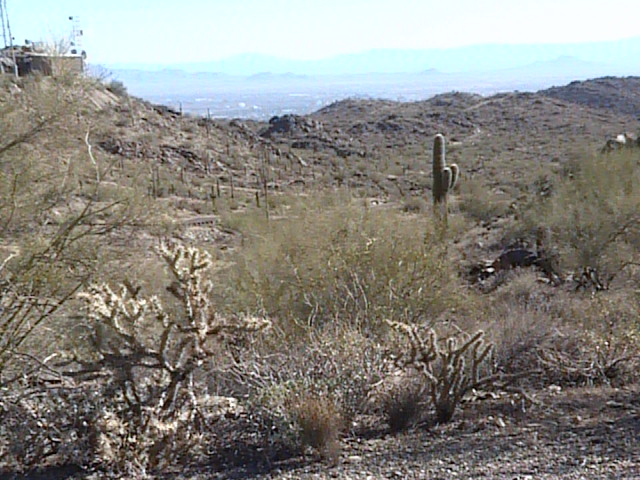

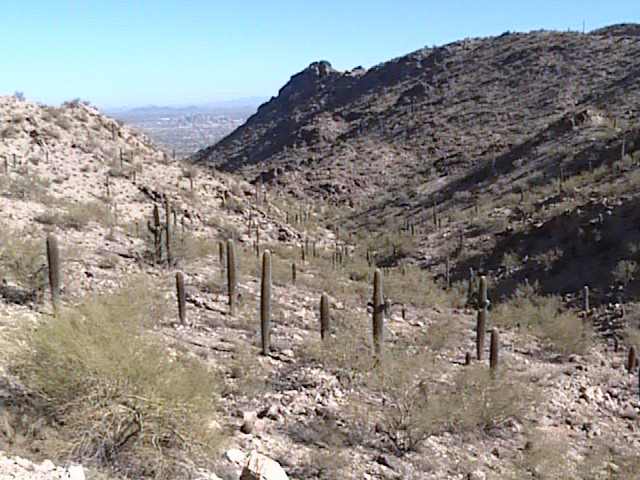
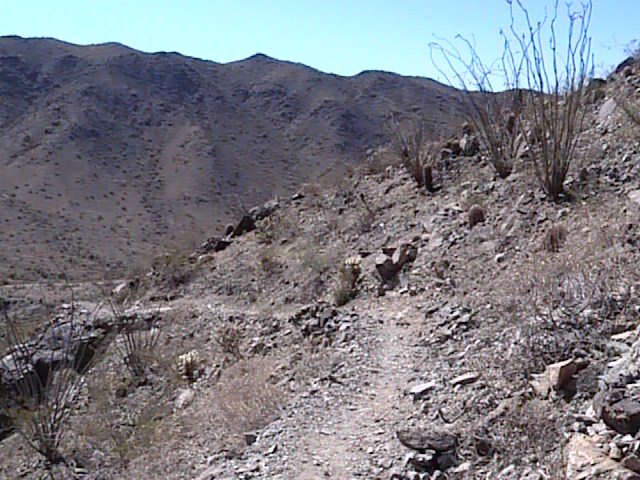
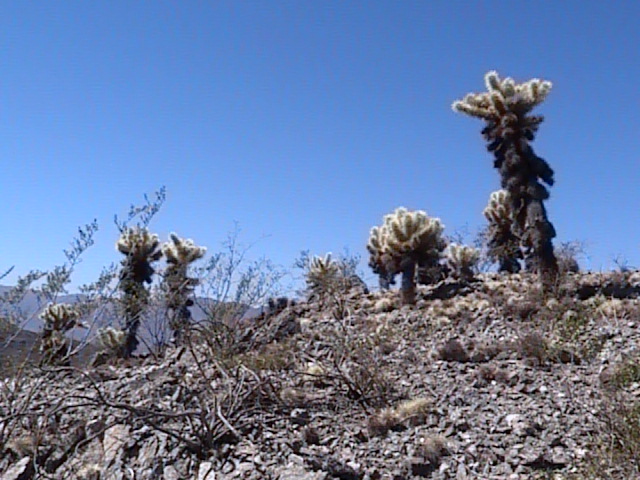
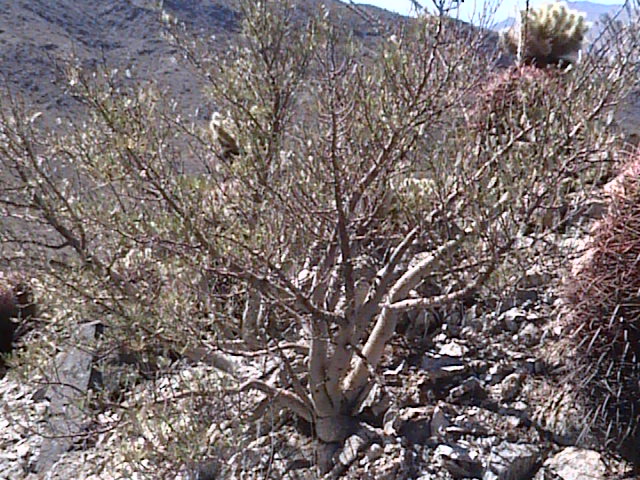
Back to Area 5-South Phoenix, Scottsdale, and Tempe | 